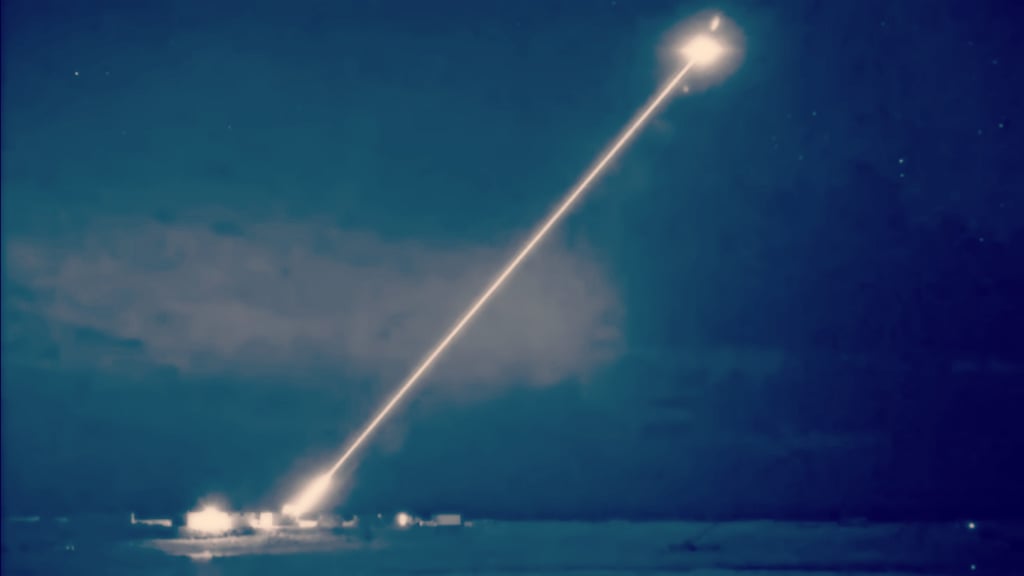‘Rule Britannia, Britannia rules the waves…’ Those were the days for the United Kingdom, as its fearless vessels crossed the planet furthering the British Empire ‘on which the sun never sets’.
But O, how things have changed – up until the point where the UK has lost so much of its influence in the world, and – according to former Defense Minister David Miliband, has become ‘one of many mid-level powers.’
Not only that, but lately, the British warships have been plagued by many problems described as a ‘nightmare that won’t end’.
But now, the British defense ministry means to install modern lasers on warships designed to ‘cheaply shoot down’ drones.
This is supposed to take place in 2027, under reforms designed to accelerate the deployment of this new technology.
Reuters reported:
“Britain’s Ministry of Defense (MOD) said that the lasers could fire at any target visible in the air at the cost of around 10 pounds ($12.52) a shot, and had equivalent accuracy to hitting a pound coin from a kilometer (0.62 mile) away.
The DragonFire lasers had previously been expected to be rolled out from 2032, and can use an intense beam of light to cut through a target, the MOD said, meaning it could prove to be a long-term low-cost alternative for shooting down drones.
‘In a more dangerous world, our approach to procurement is shifting with it … our widespread reforms will deliver the latest kit and weaponry for our Armed Forces faster’, Defense Secretary Grant Shapps said in a statement on the laser, known as DragonFire.”
‘DragonFire shows the best of the UK at the forefront of military technology, and we will not delay in getting it in the hands of our military to face down the threats we’re facing’.”
UK aircraft carriers are plagued by never-ending problems.
The laser is a precise and cost-effective way of targeting drones, which in modern warfare have become a cheap and deadly way to take out expensive military targets that cost hundreds or thousands of times more than the drones.
Not only can drones destroy high-tech weapon systems, but there’s also the problem that it’s expensive to shoot them down.
Sea Viper missiles used by Britain to shoot down Houthi drones in the Red Sea can cost as much as an estimated 1 million pounds ($1.26 million) each.
This comes at a point where the legendary British navy is NOT in its ‘finest hour,’ primarily because of lingering problems with UK aircraft carriers HMS Queen Elizabeth and HMS Prince of Wales.
The two ships have faced an endless number of technical malfunctions and operational restrictions.
Besides that, the Royal Navy’s auxiliary fleet, which provides the fleet with supplies at sea, is in an ‘even worse mess’ than many could think, according to the Telegraph.
Slavyangrad reported:
“Due to the lack of personnel, many vessels are not operating, with some being in the state of ‘extended readiness’ and other believed never to be deployed, as per the outlet.
According to Sky News, the eagerness of the British civilian sailors to strike due to a significant decrease in pay could affect both the nation’s military operations on a global scale, as well as NATO’s activities.
Experts believe the situation with the navy reflects the UK’s internal crises, namely the political and economic problems the country is facing today.”
— Paul Serran (@paul_serran) April 12, 2024
Read more:
The post Troubled UK Navy Speeds up Program To Install DragonFire Lasers Against Drones in Their Warships appeared first on The Gateway Pundit.







